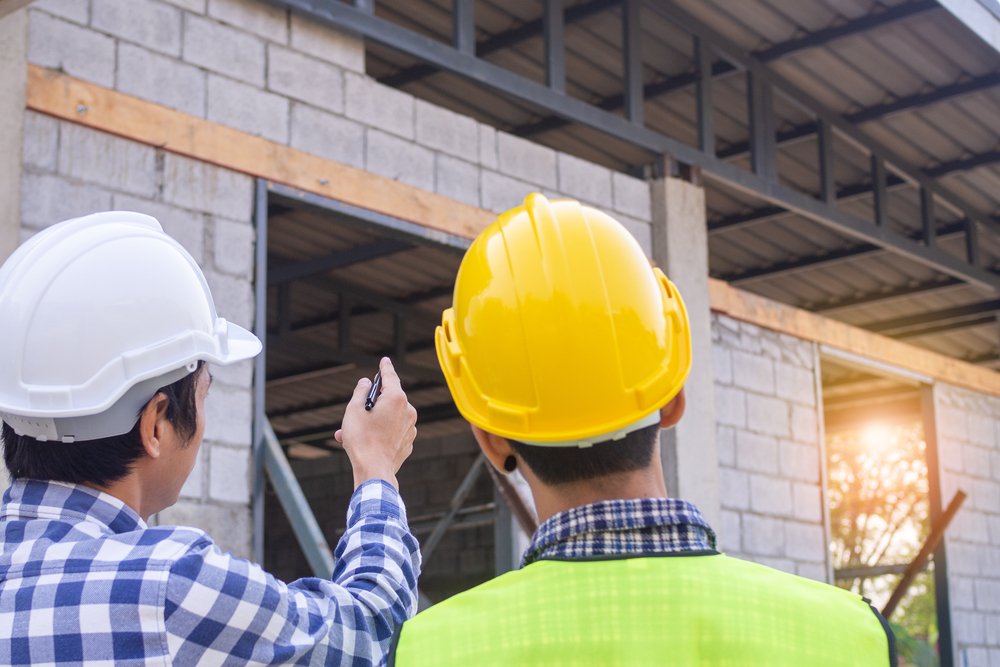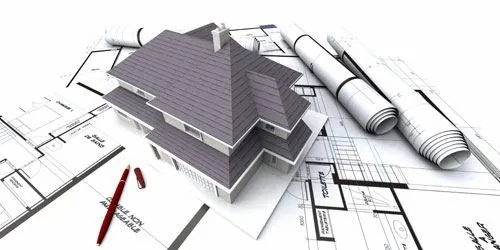Are you planning a construction project? Whether it’s a small addition to your home or a large commercial building, one of your top priorities should be ensuring the structural integrity of the project. Structural integrity refers to the ability of a building or structure to withstand the stresses and loads it will be subjected to over time.
It’s essential for ensuring the safety and durability of your project, as well as complying with building codes and regulations.
Understanding the fundamentals of structural integrity is crucial for any construction project. This includes knowing the risks of structural failure, understanding building codes and regulations, and selecting appropriate materials and techniques.
By prioritizing structural integrity from the start of your project and maintaining it throughout the construction process, you can ensure a safe and durable structure that will stand the test of time.
Contents
The Fundamentals of Structural Integrity in Construction
Let’s dive into the basics of structural integrity in construction, so you can feel confident that your building will be safe and sturdy for years to come!
One of the most important factors in ensuring structural integrity is the use of quality materials. This includes the materials used in the foundation, walls, and roof, as well as any additional features such as windows and doors.

Another crucial aspect of maintaining structural integrity is proper design and construction techniques. This includes ensuring that the building is designed to withstand the anticipated loads and stresses it will face, as well as ensuring that construction is carried out according to the design specifications.
Additionally, regular inspections and maintenance can help identify and address any potential issues before they become major problems.
By focusing on these fundamentals, you can help ensure that your building is structurally sound and safe for its occupants.
Understanding the Risks of Structural Failure
You need to visualize the catastrophic consequences of a building collapsing due to poor design and maintenance. Not only can it lead to loss of life and property, but it can also have severe economic, social, and political implications.
The risk of structural failure is a real and present danger that needs to be taken seriously in every construction project. Structural failure can occur due to a variety of reasons, such as poor design, inadequate materials, or lack of maintenance. It can also result from natural disasters such as earthquakes, hurricanes, and floods.
The consequences of structural failure can be devastating, as witnessed in recent events such as the collapse of the Champlain Towers South in Florida. To avoid such disasters, it’s essential to understand the risks of structural failure and take necessary precautions to ensure the safety and durability of every construction project.
Building Codes and Regulations for Safety and Compliance
When constructing a building, it’s important to follow building codes and regulations to ensure that it meets safety and compliance standards. Building codes are sets of regulations and standards that govern the design, construction, and occupancy of buildings. These codes are created by government agencies and are intended to ensure the safety and welfare of the public.
Building codes cover a wide range of topics, including structural design, fire safety, electrical systems, plumbing, accessibility, and energy efficiency. Compliance with these codes is typically enforced by local building officials who review construction plans, conduct inspections, and issue permits.
Following building codes can help prevent structural failures and other hazards, and can also help ensure that buildings are durable and long-lasting.
Materials and Techniques for Ensuring Structural Integrity
Using high-quality materials and incorporating advanced techniques can help make sure that your building is strong and reliable. One of the most important factors in ensuring structural integrity is choosing the right materials. This means selecting materials that are durable, resistant to deterioration, and able to withstand the environmental conditions of the area where the building is located.
Advanced techniques, such as prefabrication and modular construction, can also contribute to the strength and reliability of a building. These techniques allow for greater precision and consistency in the construction process, resulting in a more uniform and consistent structure. Additionally, they can reduce the risk of errors and defects, which can compromise the safety and durability of your building.
By using high-quality materials and advanced techniques, you can help ensure that your construction project is built to last and provides a safe and secure environment for its occupants.
Best Practices for Maintaining Structural Integrity throughout the Project
To maintain a strong and reliable building, it’s important to regularly inspect and perform upkeep on the materials and techniques used in the construction process. This means conducting routine checks to ensure that all aspects of the structure, from the foundation to the roofing, are in good condition.
Any damage or wear and tear should be addressed immediately to prevent further deterioration or potential safety hazards. Additionally, it’s important to establish a maintenance schedule and stick to it.
This includes regular cleaning, repairs, and replacements of any components that show signs of wear. By taking a proactive approach to maintaining structural integrity, you can ensure the safety and durability of your building for years to come.
Conclusion
Congratulations! You now have a deeper understanding of the importance of structural integrity in construction projects. By prioritizing safety and durability, you can prevent the devastating consequences of structural failure and ensure compliance with building codes and regulations.
Remember to carefully consider materials and techniques for ensuring structural integrity, and to consistently maintain best practices throughout the project. By doing so, you can guarantee a safe and long-lasting structure that will stand the test of time.
Keep these fundamentals in mind as you continue to work on your construction projects, and you’ll be well on your way to success.



